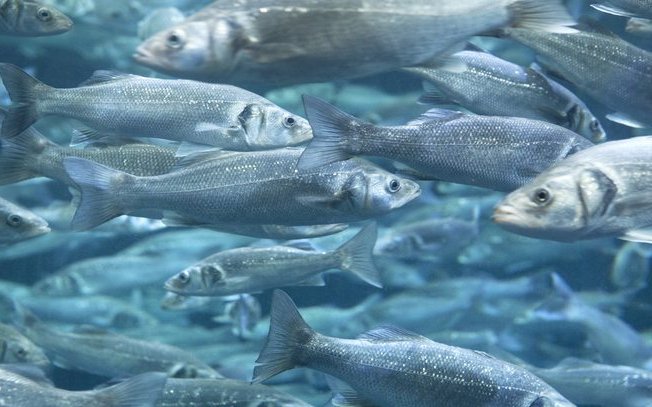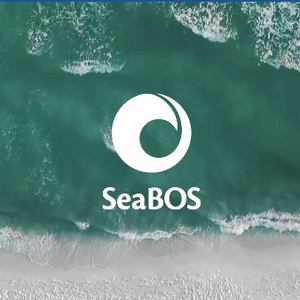A team of international researchers evaluated the quantitative and qualitative characteristics of fecal waste in European seabass (Dicentrarchus labrax) that were fed diets with high inclusion of different feed ingredients (field peas, PEA; feather meal, FeM; sunflower cake meal, SFM; wheat dried distillers grain with soluble, WDG; corn gluten meal, CGM and soy protein concentrate, SPC). Researchers performed two different experimental trials to evaluate if different ingredients affect waste production.
Each of the test ingredients was partially replaced with the basal mixture used in the control diet. The ingredients were chosen for their varying levels of starch, protein, soluble and insoluble non-starch polysaccharide contents. Fish having an initial body weight of 120 g were used in both trials and were fed at 1% in trial I and 1.5% in trial II of their body weight for 40 days since trials differ in the water temperature.
Apparent digestibility coefficients (ADC) of dry matter, nutrients (protein, fat, carbohydrate, ash and phosphorus) of the test diets were significantly altered between groups in trial I, with sunflower cake meal showing the least apparent digestibility coefficients for dry matter, carbohydrate and phosphorus. Starch digestibility was the least in field peas but only dry matter digestibility and phosphorus availability were different in trial II.
The quantity, recovery percentage, physical characteristics, appearance and chemical composition of the feces were affected by the test ingredients. The carbohydrate fraction of the diet was the most influential in affecting the quantity and chemical composition of feces produced. Increased inclusion of NSP rich ingredients (wheat dried distillers grain with soluble or sunflower cake meal, insoluble) resulted in higher fecal recovery percentage, despite higher feces load.
Overall, the high inclusion of alternate ingredients affected quantitative and qualitative characters of the fecal waste in European seabass, which has implications for the environmental sustainability of European seabass aquaculture.
Check out the study here.













